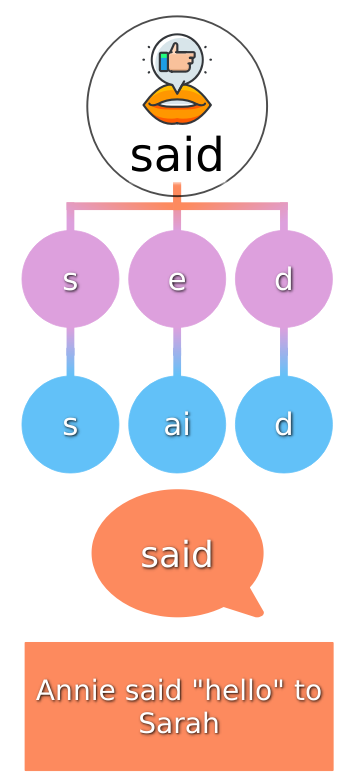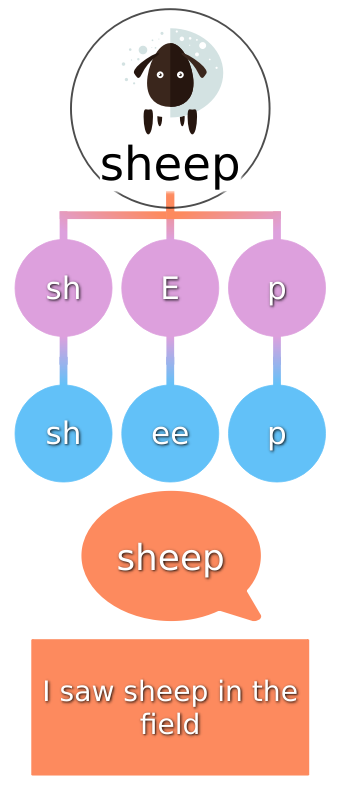What is Orthographic Mapping?
Orthographic mapping is the cognitive process through which individuals form connections between the sounds of spoken language (phonemes) and their written representations (graphemes). It’s the mental bridge that links the visual form of words with their corresponding sounds.
Why is Orthographic Mapping Important?
Orthographic mapping is a foundational skill in language and literacy development. As educators, understanding its importance is key to effective teaching:
Reading Proficiency: Orthographic mapping enables students to decode words accurately and efficiently. It allows them to recognize the visual patterns and phonemic relationships within words, leading to better reading comprehension.
Spelling Mastery: When students grasp orthographic patterns, they become proficient spellers. They can apply their knowledge of word families, letter-sound relationships, and spelling rules to write words correctly.
Vocabulary Expansion: Strong orthographic mapping skills facilitate vocabulary growth. Students can recognize and understand the meanings of words more easily when they can make connections between the visual form and pronunciation of words.


How Ideamapper Enhances Orthographic Mapping
Now, let’s explore how ideamapper, a versatile mind mapping tool, can be a valuable asset in teaching and enhancing orthographic mapping skills:
Visual Representation: ideamapper allows educators to create visual representations of words, word families, and spelling patterns. This visual approach helps students see and remember the relationships between words and sounds.
Word Families and Phonemic Patterns: Educators can use ideamapper to group words with similar sounds or spelling patterns. This visual organization aids in teaching word families and phonemic awareness, crucial components of orthographic mapping.
Contextual Learning: Mind maps in ideamapper can include definitions, synonyms, antonyms, and example sentences for vocabulary words. This contextual information helps students understand words in various contexts, enhancing their orthographic mapping skills.
Interactive Learning: Ideamapper’s interactive features allow students to actively engage with word maps. They can drag and connect nodes, add notes, and rearrange information, providing hands-on practice in orthographic mapping.





